Additive manufacturing is the poster child of the engineering world right now. There are other posts on the web and on the ANSYS blog talking about this and what the opportunities are that it brings. But we need to talk about the changes that must be made to the whole product development process.
It’s pretty well understood that product development is pretty well down the path to shift away from a time when simulation was used to figure out why something broke. Simulation is more routinely being used up front in the design process to develop products that are, more often, right the first time.

Simulation Driven Product Development process
We call this Simulation Driven Product Development. It’s a great strategy and means that the engineering simulation and design are brought closer together. You can try different loadings and designs to make sure that by the time you do go to test, you’re very confident in your design. Building and testing are very expensive and time-consuming so any improvements in this process generally mean big savings.
With additive manufacturing, the whole engineering process gets a few more steps which actually add a lot more complexity. I won’t cover all of them here, just the basics. Once you have a design that you’re happy with you need to think about how you actually make the part (hopefully this was part of the design process to an extent).
Part orientation and support structures all need to be considered. They (amongst many other factors) influence the features you can print and the time it takes to build a part. The print process itself is also more involved. There will be residual stresses and some deviation from the requested shape, has this been considered?
All of this added complexity changes what needs to be done to make full use of additive manufacture. The design process for additive manufacturing needs to include these new elements. We expect that it may need to end up looking more like this.
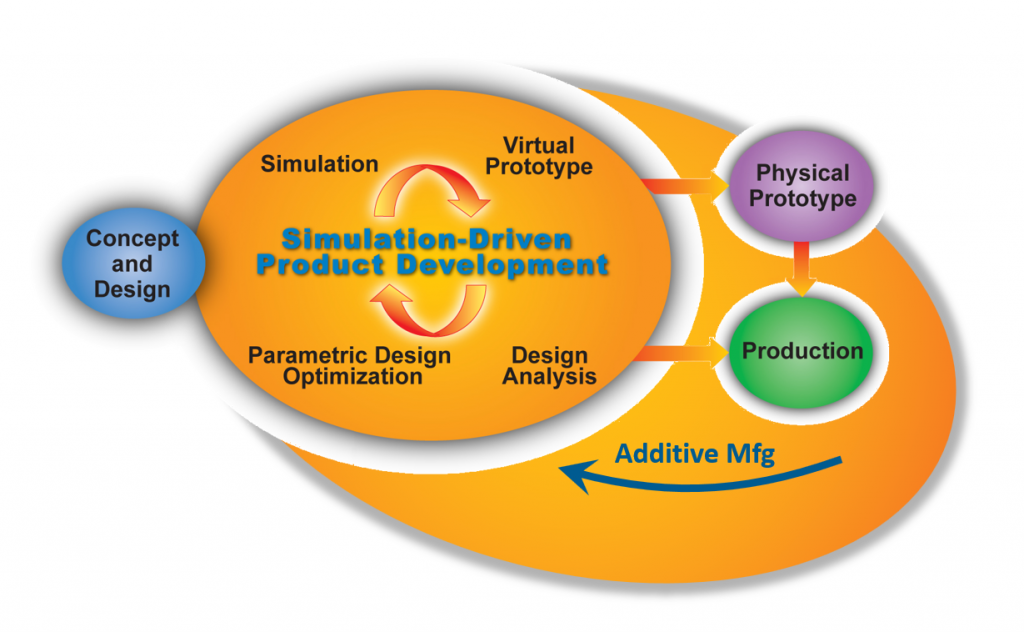
Simulation Driven Product Development process with Additive Manufacturing
The design part of the process is coming of age with tools like topology optimization. Huge gains can be made in weight saving and creating designs which are much more efficient in the way they use material. The efficient design also results in a more evenly distributed stress field, as shown below.
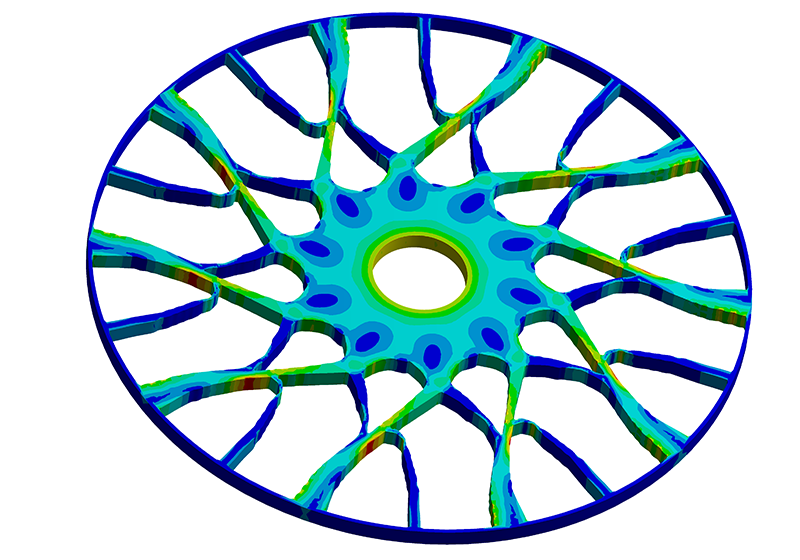
Topology optimized wheel geometry showing stress
The whole process of engineering parts that can easily, and reliably, be produced using additive manufacturing is something that’s moving fast.
ANSYS will be at our Advanced Manufacturing Expo on October 18 & 19 and they are looking forward to seeing how companies are tackling this challenge. They hope to hear about the opportunities additive manufacturing opens up for engineers in all industries. In the meantime, we invite you to download a copy of their latest white paper on topology optimization or check out this short video demonstration.


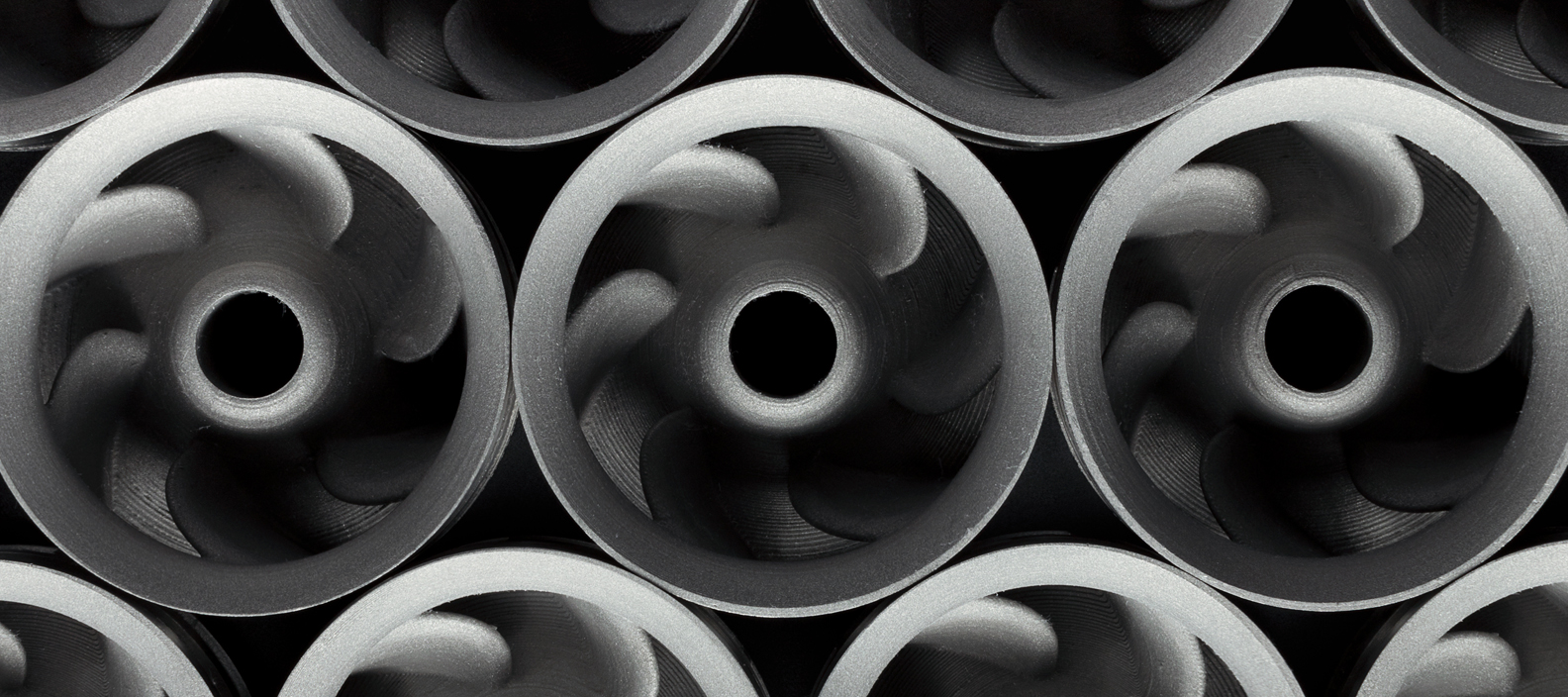
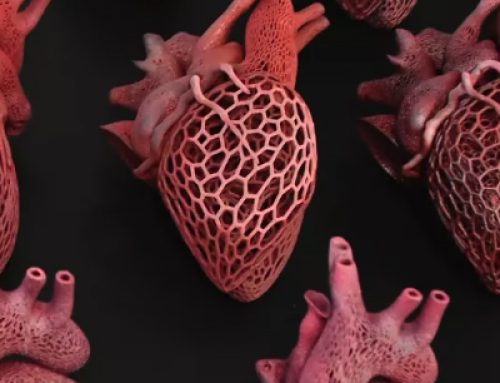


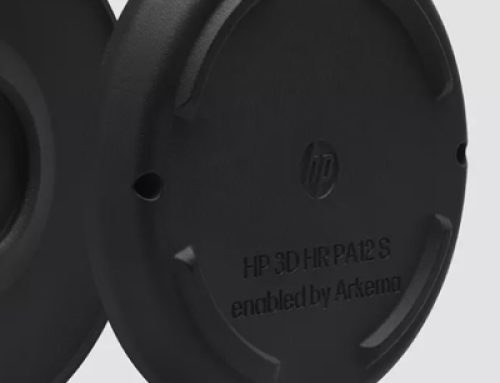

Leave A Comment